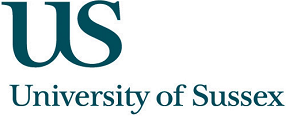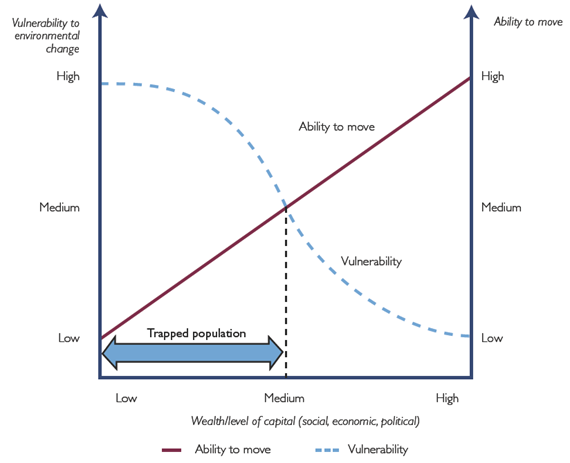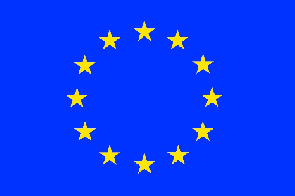|
|
|

|
|
 |

|
|
|
|
|
|
|
|
|
|
|
|
A European Community funded
project to explore the location,
extent and characteristics of populations trapped
within the Mekong Delta |
|
|
|
|
|
|
|
|
One of the key conclusions made by the UK Government’s Foresight Migration and Global Environmental Change (MGEC) project was that,
|
|
|
|
|
|
|
"in the
decades ahead, millions of people will be unable to move away from
locations in which they are extremely vulnerable to environmental
change. To the international community, this ‘trapped’ population is
likely to represent just as important a policy concern as those who do
migrate.”
|
|
|
|
|
|
Foresight:
Migration and Global Environmental Change (2011)
|
|
|
|
| Since
publication of the Foresight MGEC report in 2011, the notion of trapped
populations has begun to take root in the psyche of those working in
the field of environmental migration. With the financial support of the
European Community's Seventh Framework Programme, TRAPPED will use an
agent-based modelling approach to simulating migration decision-making
with the aim of exploring the potential for vulnerable populations to
be trapped within the Mekong Delta both now and under future scenarios
of environmental change. |
|
|
|
|
| The
Conceptual Origin of
Trapped Populations: |
|
|
|
|
| In
their consideration of migration in the context of environmental change
over the next 50 years, the authors of the Foresight MGEC Report
proposed that evidence from a wide range of countries have shown that migration
is positively associated with wealth and social capital. By
contrast, vulnerability to environmental change is
negatively correlated with wealth and social capital.
As a result, those with lower wealth or capital were identified as
potentially facing a double set of risks from future environmental
change: |
|
|
|
|
| a)
| the low level of capital experienced by such individuals means they are
unable to move away from situations of increasing environmental threats, yet;
| b)
| this reduced level of capital also makes them even more vulnerable to
environmental change. |
|
|
|
|
|
| As
illustrated in the figure below, these populations are described by
Foresight (2011) as likely to become trapped in locations vulnerable to
environmental change. |
|
|
|
|
|  |
|
| Source: Foresight:
Migration and Global Environmental Change (2011) |
|
|
|
|
| If
the situations people find themselves in as a result of environmental
change are interpreted correctly, it may be that those populations
trapped in vulnerable locations have the potential to be some of the
worst placed to deal with the consequences. To this end, the report
suggested that, |
|
|
|
|
|
|
"People
who are trapped may become more prone to humanitarian emergencies and
possibly even displacement if their situation worsens, or if extreme
events occur. In such cases, human survival may depend upon unplanned
and problematic displacement. " |
|
|
Foresight:
Migration and Global Environmental Change (2011) |
|
|
|
|
|
|
| The Planned
Contribution of TRAPPED: |
|
|
|
|
| With
the aim of better understanding the location, extent and
characteristics of trapped populations within a specific geographical
context (that
of the Mekong Delta), TRAPPED will use an exploratory methodology that
draws
upon advances made in developing social simulations of the migration
decision-making
processes undertaken by individuals. In so doing, the project will
require the collection
of both quantitative and qualitative data from carefully selected
research
sites located within the Mekong Delta. |
|
|
|
|
|
Project Duration: |
|
|
|
|
|
TRAPPED
will run from October 2013 to September 2016. As the project
progresses, more information will be made available on this website.
Further information on the motivation behind TRAPPED and the
methodological approach being undertaken can be accessed via the
headings at the top of this page.
Please contact
the researcher, Dr. Christopher Smith, if you require any further
information.
|
|
|
|
|
|
 |
|
|
|
|
|
This research has received funding
from the European Community's Seventh Framework Programme
(FP7/2007-2013)
under grant agreement number PIOF-GA-2012-329589.
|
|
|
 |
|
|
|
Back to top. |
|
Copyright 2015 Trapped
Populations all rights reserved. |
|





